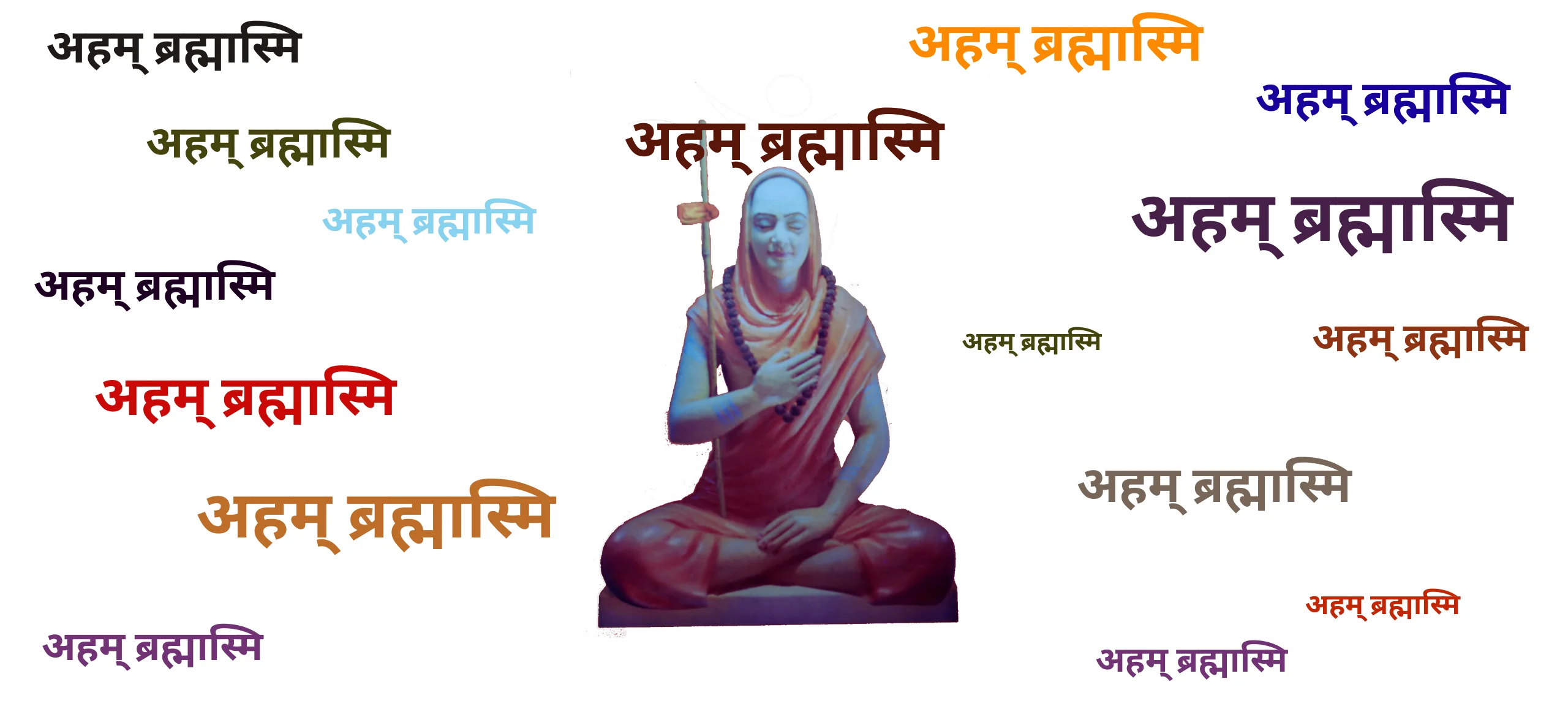Please Like the Blog and Share it for Maximum Reach
Table of Contents
Buddhist Philosophy of Emptiness and Vedanta
Maya is the fundamental Principle of Shankara’s Advaita Philosophy.
The great works of Vedanta wholly support the view of Maya as elucidated by Sri Adi Shankaracharya. Many also believe that this philosophy has been lifted from the principle of Emptiness of the Buddhists.
Maya is the fundamental Principle of Shankara’s Advaita Philosophy. The great works of Vedanta wholly support the view of Maya as elucidated by Sri Adi Shankaracharya. Many also believe that this philosophy has been lifted from the principle of Emptiness of the Buddhists.

There is a lot of speculation as to whether the Buddhist philosophy of Emptiness predated Shankara’s philosophy.
On closer look we shall find that the philosophy of Advaita has inundated our Vedic Scriptures. Hence there is no question that the philosophy of Advaita is much older than any Buddhist philosophy. The question of predation can never arise.
It can be safely concluded, after reading the Scriptures relating to the Rigveda that the concept of Maya is as old as the Rigveda.
Gaudapada: Development of the Maya Philosophy
The concept of Maya was specifically extracted by Sri Shankara’s Guru, Sri Gaudapada, and developed further. Shankara further crystallized the concept and expressed it in great detail.
Since no scripture was specific about Maya, there was confusion about the origins of the Maya Concept. The problem is that people concretized Maya and felt that it was an entity like Jiva or Bhagawan.
Little did people realize the true meaning of Maya. Maya means “That which is not”. When we deal with certain connotations of reality and consider that to be reality from a specific standpoint, then that is Maya.
Example of a “Maya Situation”
For example a Person “A”, has a certain view of things and will only observe that entity from his specific point of view. An individual “B” sees the same thing from a totally different angle or perspective and draws his own conclusions which are in stark opposition with “A”’s findings.
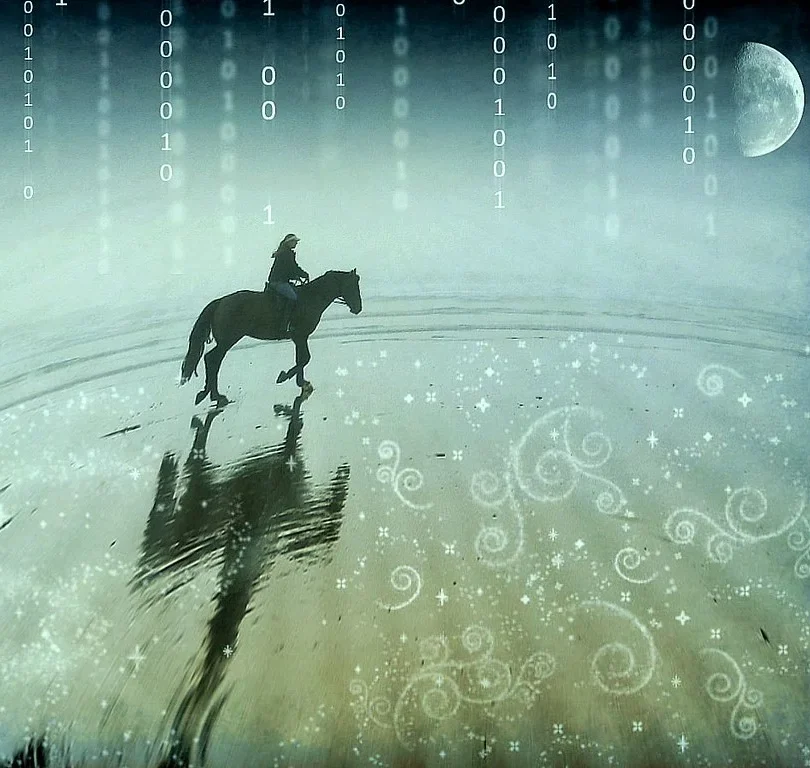
Neither “A” nor “B” have a real view of that Entity as it is. Thus “A” and “B” are in Maya. Hence Maya is not an entity but a warped view of things or even a warped idea.
Some call it an “illusion”.
The Different Angle or Perspective Viewpoint
When you write a “6” on your left hand and turn your palms at the person standing opposite to you, he will read that as a “9”.This is obvious, anybody will say. The point is not about the digit being a “6” or a “9”. It is about what we make out of things presented to us. This is a subjective matter and definitely there are no easy answers to this.

When man looks at the world, there are so many automatic processes that happen within him. He develops a viewpoint, owing to these many complex processes occurring within him. When anyone gazes at a clear sky, when the sun has calmed down, he sees a bluish sky. What is the reality behind it? Is the sky or the ocean really blue?
Now views given for this blueness of the sky or ocean maybe bucketed as silly, scientific, deep, logical and a host of other labels. So there are two fundamental observations to this blueness.
One is the color interpretation the eye and brain. The second is the viewpoint that the mind is churning out to support the senses. All said, the question is, Is the vision of the world true or an illusion?
Imperfection of Perception
Fundamentally, according to Vedic vision, the senses namely eyes, ears, nostrils, tongue, skin and the mind are imperfect in more ways than meets the eye.
Since they are inherently imperfect, they cannot reflect the correct position and state of any experience in the physical world, whatsoever.
All our experiences of this physical world, is heavily influenced by the distortions of our thoughts, emotions, health etc, in addition to the already existing imperfections within the sense organs as enunciated by the Vedic view.
What is not Maya?
For example our view about a certain individual may change overnight, if we were to have a bad day. So the question is; what is that which is unchanging?

There is something, certainly, within us, something around us, in the light of which we agree to accept these imperfections, what is that? That substance, if we may call it so, is non-material, not off this world. Other than that substance, all else is Maya!
Duality in Gaudapada Karika
One of the most brilliant works on Maya is Gaudapada’s Karikas, an explanation on the Mandukya Upanishad. There are four parts or prakaranas to this great work.
There are some important observations in Gaudapada’s work. At one place Gaudapada says that the world is like a world of dreams and also like an illusion, or “that which is not”. Gaudapada says that wherever there is multiplicity, it is duality.
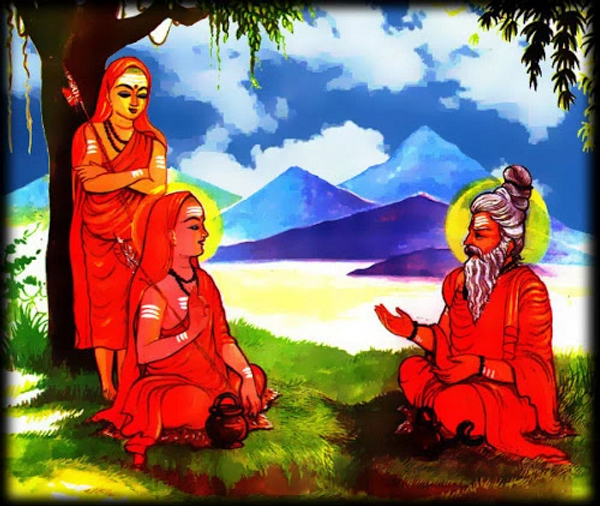
Duality represents extremes and intermediary states of different proportions. This, according to Gaudapada, is the nature of illusion. In other words, duality is an illusion according to Gaudapada Karika.
Test your Alignment with the Spiritual Subject Matter (only 7 Questions)
The scores generated in this Quiz are relative. There are no right or wrong answers. A percentage towards 100 indicates that you are more aligned to the overall subject matter.
Brahma Satyam Jagat Mithya
This statement is the soul of Gaudapadas teachings. Everything other than Brahman is illusion. Somewhere in his work, Gaudapada refers to Maya as the Power of the Lord, the Creator in action.
When Brahman is in action, Brahman assumes individuality. Since Brahman has individuality, it also possesses power and that power is the Power of Maya.
This is Gaudapada’s firm opinion. Illusion is there, wherever there is a display of power.
In many ways it implies that the Power display has no reality. It is a mere illusion. Illusion can never remain forever. The Lord creates the world out of His great illusive power called Maya. The Lord is Brahman and the World is Jagat or the power display of Brahman.
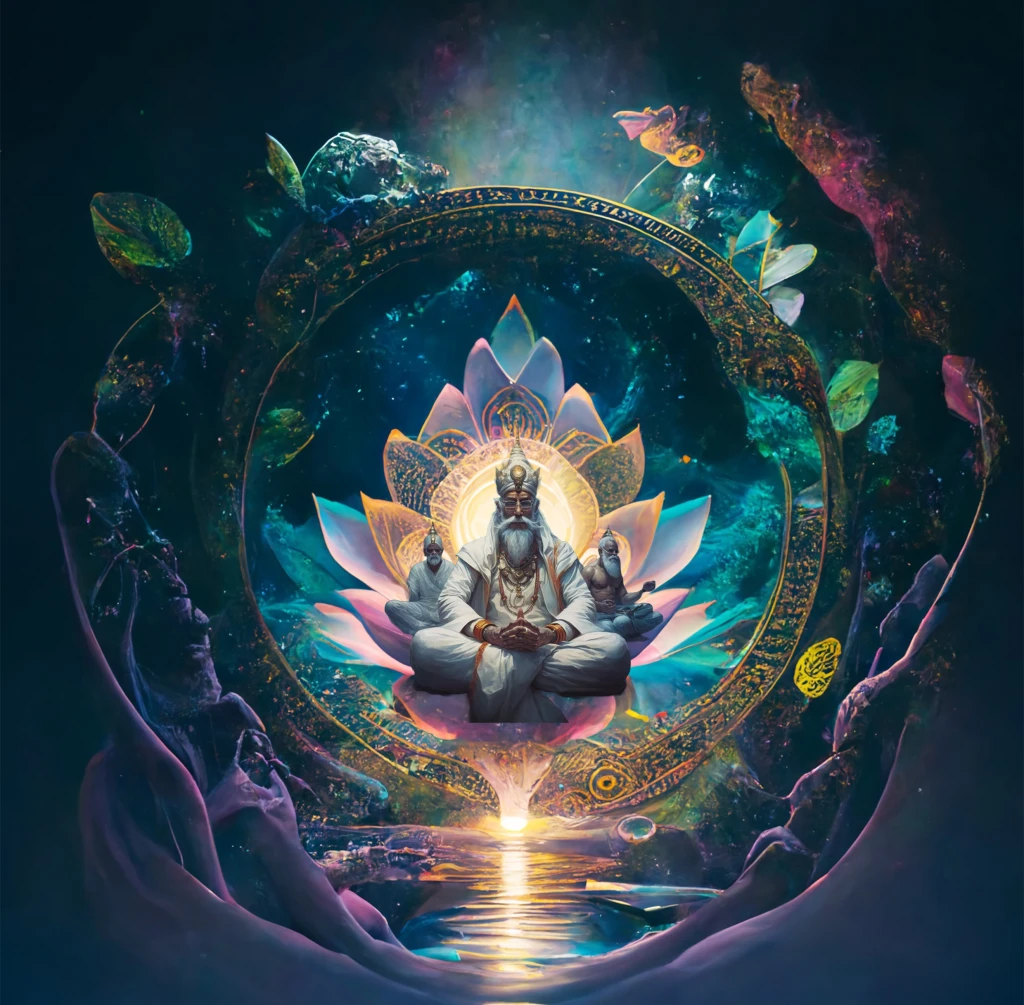
It therefore implies that the world is an illusion. This is the Truth of the Statement Brahma Satyam Jagat Mithya. Brahman is Truth and hence eternal.
Maya or the world is the display of Power and hence Mithya or illusion.
Avidya or Ignorance within Atman
At some places, Gaudapada also likens the world to Swapna or a dreamy state. He says that the waking world has no substantiality whatsoever. Hence whatever we find objective, which we can in-point are all false, mere imagery with no stuff.
This Gaudapada calls Atman’s Avidya or the Inherent beginningless ignorance inherent within Atman. Thus, Gaudapada claims that plurality is in itself an illusion.
He says that Brahman is real, Eternal. It is the only one to exist. But, being has non-being inherent within it, which is plurality and hence illusive.
How does the World Appear?
The combination of the being and non-being is Jagat, the world. It is like the conscious Magician who pulls out rabbits and pigeons from his hat. All this is possible due to the creative potency inherent within Brahman and yet the outcome of this creative potency is a mere illusion, make-believe.

The World is like waking and dreaming state coming together.
Maya: The Creative Power
According to the Bhagavad Gita, Maya belongs to the Lord. Anything that belongs to the Eternal, Causeless has to be divine. Thus even though Maya is an illusion, it is divine in all respects because it is managed by the Lord Himself, which is directly revealed in the Gita.
It is also interesting to note that Gautam Buddha’s mother was Maya Devi. The word Maya is definitely related to energy which is the female aspect of the Lord’s creative and manipulative potency.
Devi Laxmi and Maya Devi
Most of the female aspects within nature, directly or indirectly represent the creative or manipulative forces. In ancient India, the female figure has been compared to Wealth. Wealth is a great manipulative force assisting Mother Nature in nurturing the universe.
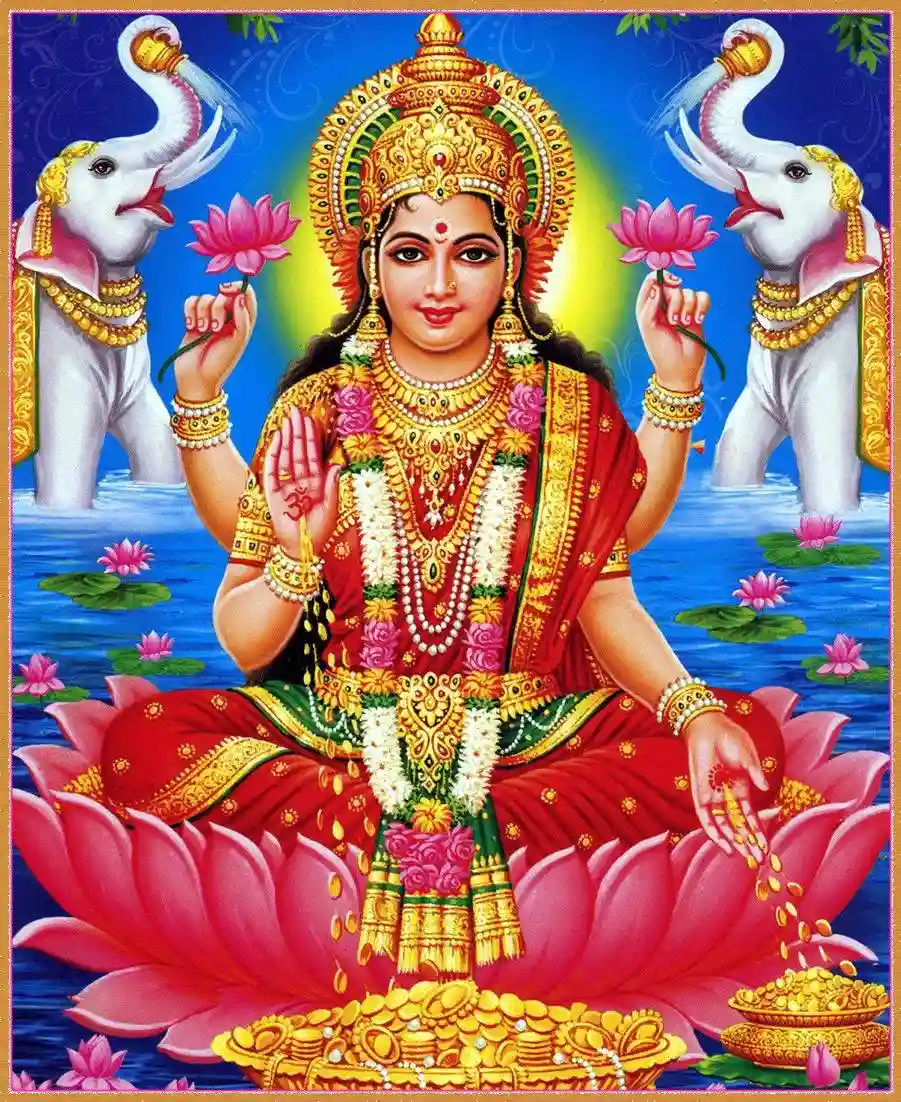
Wealth has another name, referenced quite often and that is Maya. Maya also means the one who abounds in riches. Maya also directly means Devi Laxmi.
She is the operating power of Lord Vishnu. The Great Lord manages the affairs of the world only with the support of Devi Laxmi, the manipulative potency of the Lord.
Maya Devi and Samkhya Philosophy
In the Samkhya Philosophy Maya is Nature or Prakriti or primordial matter. There is an important connotation to the word Nature or Prakriti.Maya is temporary or illusive by nature.
But the source of Maya is Prakriti. Prakriti is Real and Permanent unlike the changing aspect of Prakriti who is Maya, ever changing, temporary and illusive.
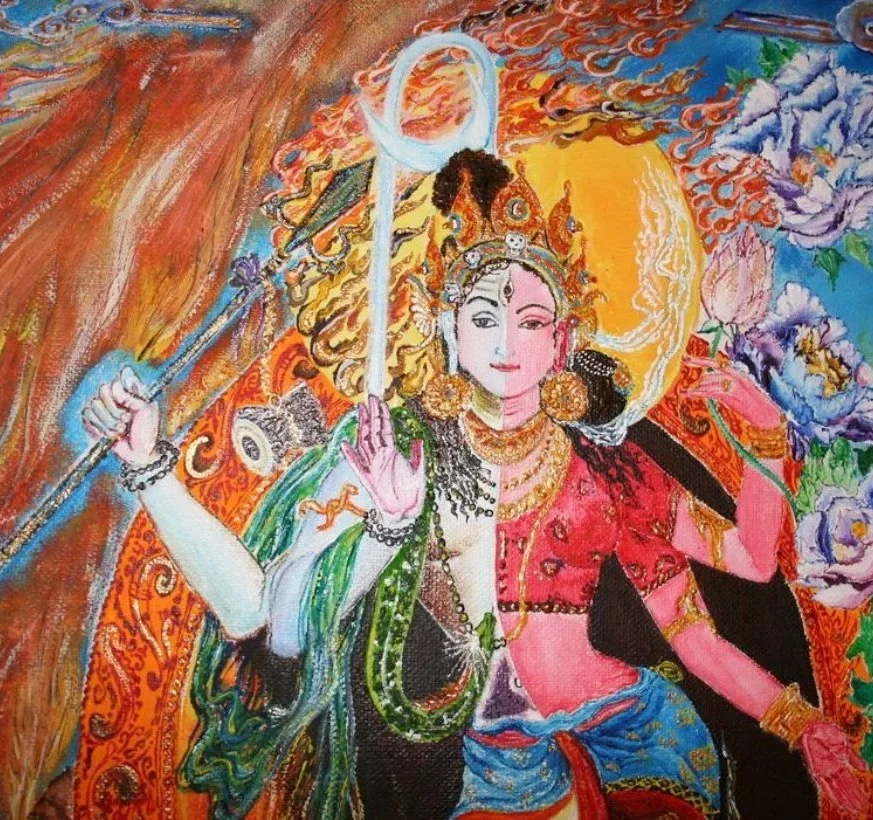
Primordial matter never changes. It is the eternal changeless cause for “change” or Maya.
Samkhya philosophy looks at the Root of Brahman, the ever constant, and Maya, the ever-changing. At the root of Brahman is Purusha while at the root of Maya is Prakriti. The whole system of Samkhya explains the causation of the visible universe based on the manipulation of Prakriti caused by its union with the changeless Purusha.
Please Like the Blog and Share it for Maximum Reach

